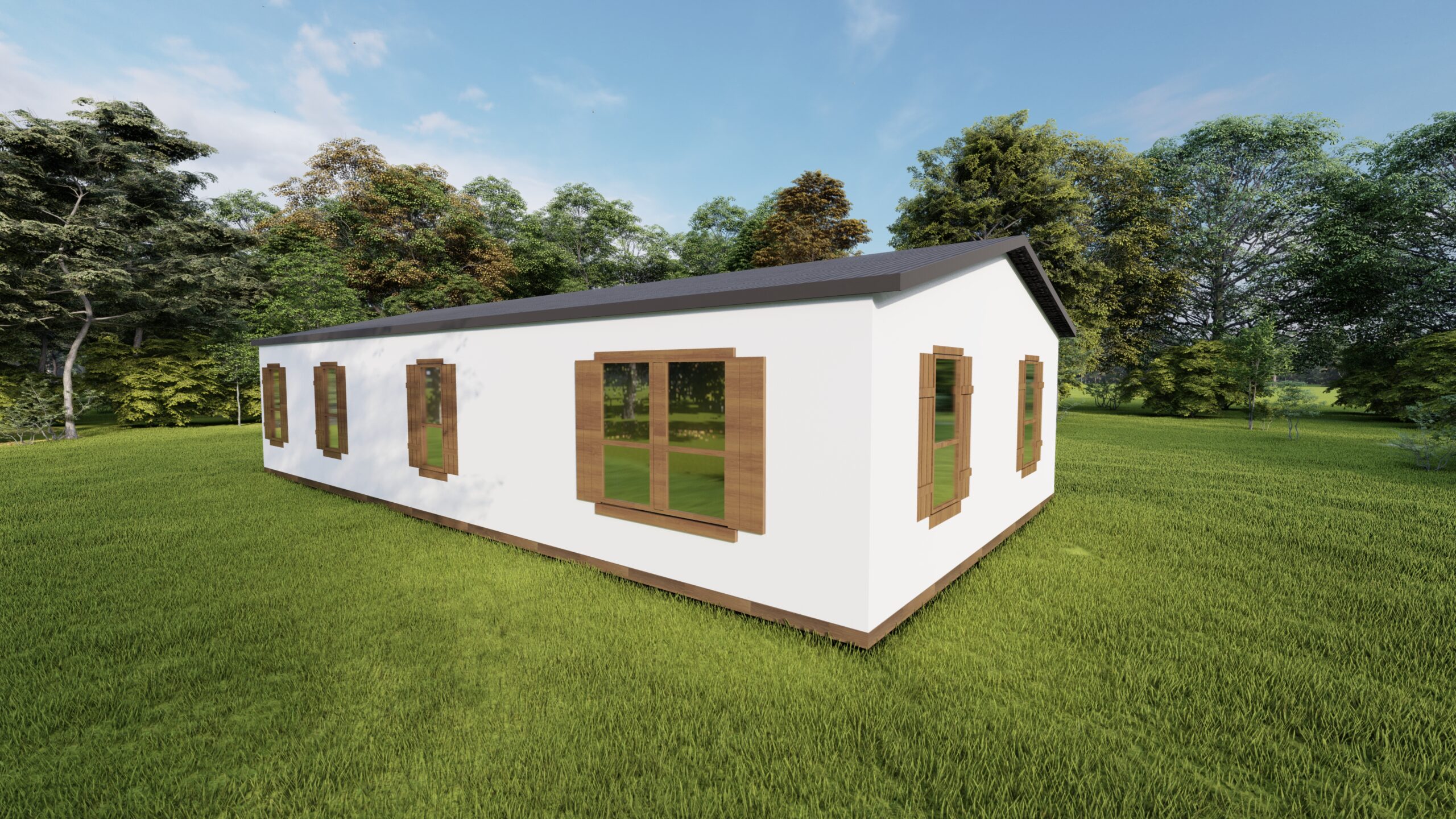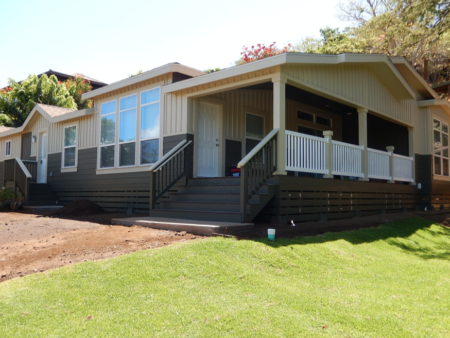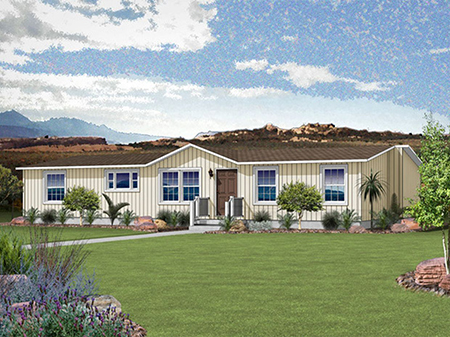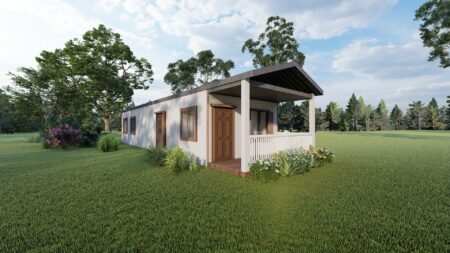Maui, the beautiful Hawaiian island known for its stunning landscapes and vibrant culture, has recently faced a housing crisis exacerbated by wildfires. The aftermath of these fires has left many residents displaced and in need of affordable housing options. In the midst of this crisis, tiny homes have emerged as a viable solution, offering a way for people to rebuild their lives and communities. In this blog, we will explore the Maui housing crisis post-fires and how tiny homes are providing an affordable and sustainable housing alternative.
The Maui Housing Crisis
The housing crisis on Maui is not a new issue, but the recent wildfires have exacerbated an already dire situation. The destruction caused by these fires has left many families without homes, and the limited housing stock on the island has driven up prices to levels that are unaffordable for a significant portion of the population. As a result, there is an urgent need for affordable housing solutions that can help those affected by the fires rebuild their lives.
Tiny Homes: A Sustainable Solution
Tiny homes have gained popularity in recent years as an innovative and cost-effective housing solution. These small, compact dwellings offer several advantages that make them particularly well-suited to address the housing crisis on Maui.
- Affordability: One of the most significant advantages of tiny homes is their affordability. Building and maintaining a tiny home is generally much cheaper than a traditional house, making it an accessible option for those who may have lost their homes in the fires.
- Quick Construction: Tiny homes can be built relatively quickly compared to larger houses. This rapid construction time is crucial for providing shelter to displaced residents in a timely manner.
- Sustainable Living: Many tiny homes are designed with sustainability in mind. They often use eco-friendly materials, incorporate energy-efficient systems, and have a smaller carbon footprint compared to larger homes, aligning with Maui’s commitment to environmental conservation.
- Community Building: Tiny home communities can foster a sense of belonging and support among residents. These communities often feature shared spaces and resources, creating a tight-knit neighborhood that can help people rebuild their lives together.
- Mobility: Some tiny homes are built on wheels, allowing residents to easily relocate if needed. This flexibility can be valuable in a dynamic post-fire recovery scenario.
The housing crisis on Maui in the wake of the devastating wildfires calls for innovative and affordable housing solutions. Tiny homes have emerged as a practical and sustainable option to help displaced residents rebuild their lives. By promoting the development of tiny home communities and offering support to those in need, Maui can take significant strides toward alleviating its housing crisis and creating a more resilient and inclusive community. As the island rebuilds, tiny homes offer a ray of hope for a brighter and more affordable housing future on Maui.




